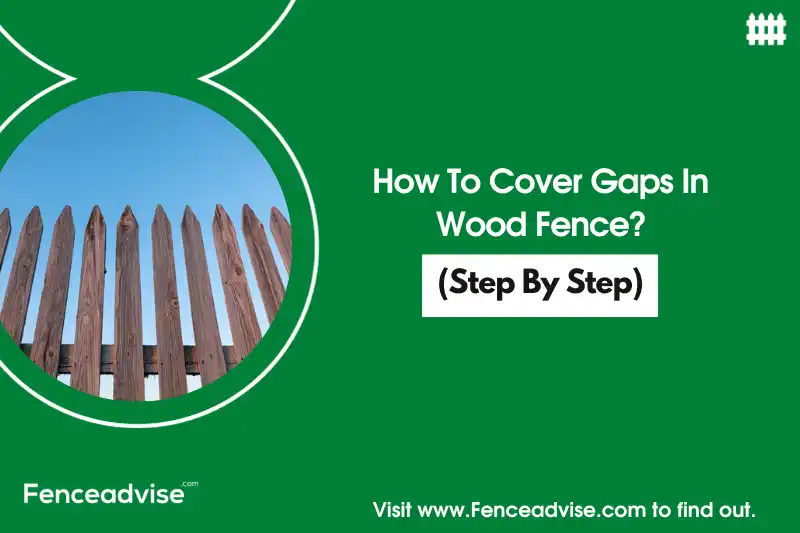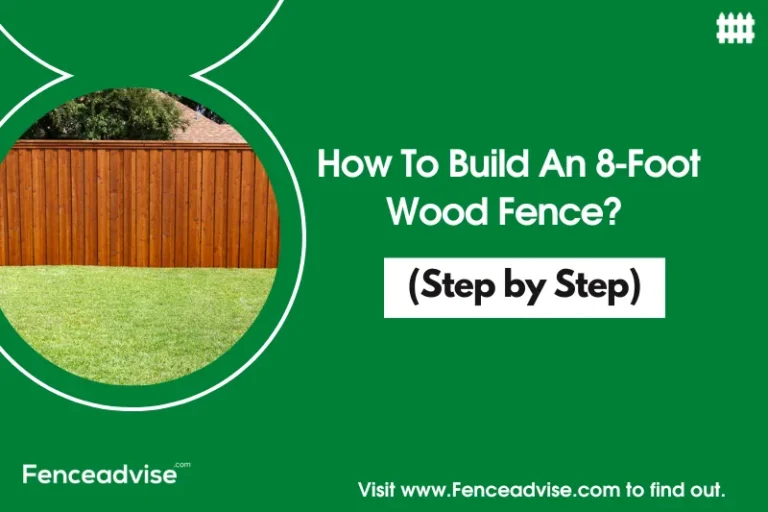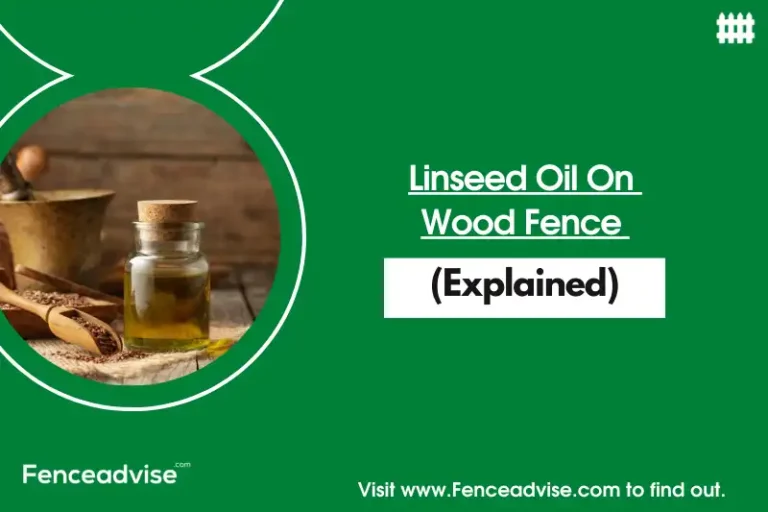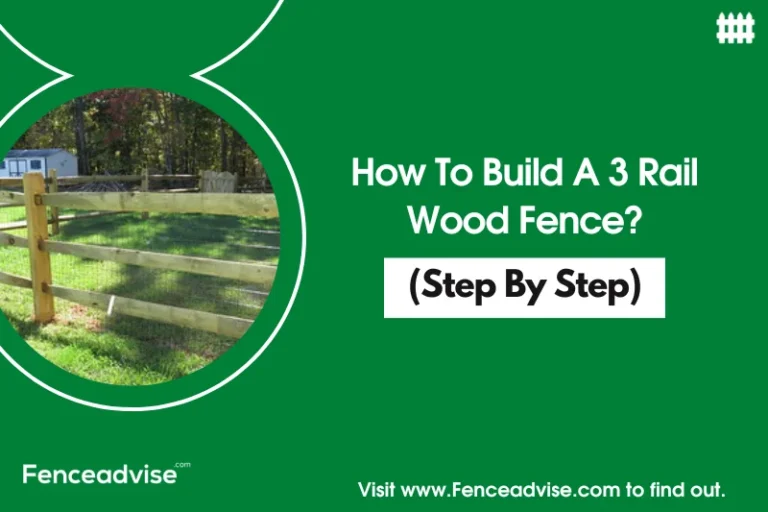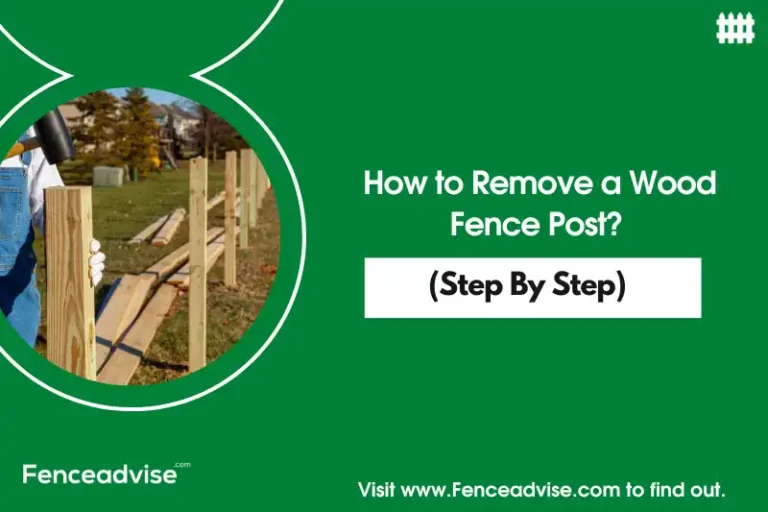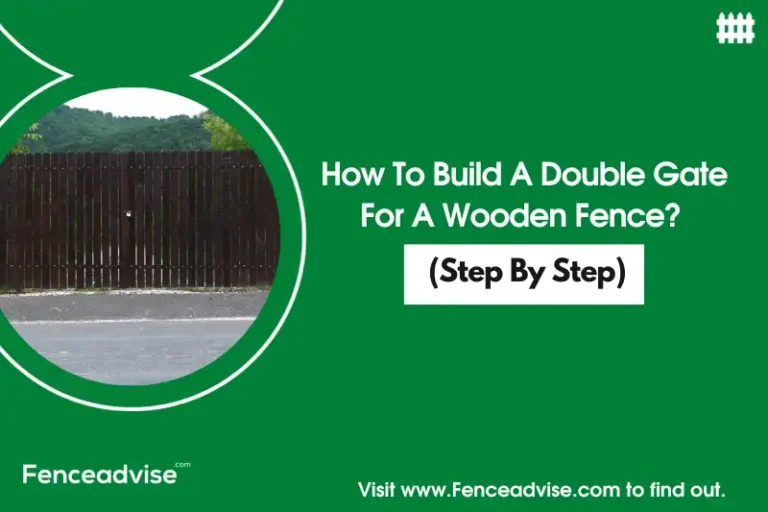We include products we think are useful for our readers. If you buy through links on this page, we may earn a small commission. Read our affiliate disclaimer here.
Are you frustrated with the unsightly gaps in your wood fence that not only compromise your privacy but also diminish the overall appearance of your property? A well-maintained and sturdy wood fence can enhance the aesthetics and security of your outdoor space, but those bothersome gaps can be a cause for concern.
However, fret not, as we have the perfect solution to help you cover those gaps and restore the beauty and functionality of your fence. In this guide, we’ll walk you through effective methods to cover gaps in your wood fence, ensuring your privacy and peace of mind are fully restored.
Wooden fences have gaps primarily for two main reasons: to allow for wood expansion and contraction due to changes in weather conditions, and to prevent water from accumulating and causing damage to the wood.
Key Takeaways
fence advise editor’s choice
DIVERSITECH 710-100 Saddle Strap
Why Do Wooden Fences Have Gaps?
Wood Expansion and Contraction
Wood is a natural material that is sensitive to changes in temperature and humidity. When exposed to varying weather conditions, such as hot and cold temperatures or dry and wet climates, wood can expand or contract.
If the wooden fence boards were installed tightly together without any gaps, the natural movement of the wood could lead to warping, bowing, or even splitting of the boards.
By leaving small gaps between the fence boards, the wood has room to expand during humid conditions and contract during dry conditions, preventing structural damage and ensuring the fence remains stable.
Drainage and Ventilation
Gaps in wooden fences also serve a crucial purpose in terms of drainage and ventilation. Without gaps, rainwater, snowmelt, or irrigation runoff could accumulate and become trapped between the fence boards.
Over time, this standing water could lead to decay, mold, mildew, and rot in the wood, significantly reducing the lifespan of the fence.
The gaps allow water to flow through the fence, promoting proper drainage and ventilation, which is essential for maintaining the integrity and longevity of the wood.
Adequate ventilation helps to prevent moisture buildup, which can attract insects and pests that may further damage the wood. Proper airflow through the gaps keeps the wood dry and less susceptible to decay.
Should I Leave Gaps In My Fence?
Wooden fences are a timeless choice for enhancing the aesthetics and privacy of any property. However, the topic of leaving gaps between the fence boards often sparks debates among homeowners and fence enthusiasts. These gaps, while serving practical purposes, also have implications on privacy, security, and the overall appearance of the fence.
Gaps in Wooden Fences: The Pros
Embracing the Element of Nature:
- Wood, as a living and breathing material, naturally expands and contracts with changes in humidity and temperature. Leaving gaps between fence boards allows the wood to flex without warping or cracking. It ensures the fence’s longevity and retains its structural integrity, saving you from costly repairs or replacements in the long run.
Enhancing Drainage and Ventilation:
- Effective drainage is crucial to prevent water from pooling and causing damage to the fence over time. Gaps in the fence facilitate proper water runoff, reducing the risk of wood rot, mold, and mildew growth. The added benefit of ventilation ensures the wood remains dry, reducing the likelihood of decay and extending its life span.
Aesthetic Appeal and Curb Appeal:
- Strategically spaced gaps can breathe life into your fence’s overall appearance. Depending on the design and spacing, gaps add character and personality to your property, complementing its style and architecture. They create a sense of openness while offering a glimpse of the landscape beyond, contributing to the charm of your outdoor space.
Gaps in Wooden Fences: The Cons
Privacy Predicament:
- For those who prioritize privacy, gaps in the fence may pose a concern. Visible gaps allow outsiders to peer into your property, potentially diminishing your seclusion and tranquility. To mitigate this, you can choose to reduce the gap width or combine it with other privacy-enhancing elements, such as landscaping or lattice panels.
Security Vulnerabilities:
- Wider gaps in the fence could potentially allow small animals, pets, or even intruders to access your property more easily. If security is a paramount concern, consider opting for a fence design with minimal or no gaps to fortify your property boundaries.
Wind and Dust Disturbance:
- In windy areas or regions prone to dust, gaps in the fence may allow air and debris to pass through, affecting the comfort of your outdoor space. For those seeking a more sheltered environment, choosing a fence design with fewer gaps might be the preferred choice.
fence advise editor’s choice
DIVERSITECH 710-100 Saddle Strap
How To Cover Gaps In Wood Fence? (Step By Step)
If you have a wooden fence with gaps that compromise your privacy or aesthetics, don’t worry! There are simple and effective ways to cover those gaps and transform your fence into a more enclosed and visually appealing barrier. One easy method involves using a vinyl woven hanger to fill in the gaps seamlessly. Follow these steps to achieve a beautiful and cohesive fence:
Step 1: Assess the Fence Gaps
Begin by examining the gaps in your wood fence. Measure the width and height of each gap to determine the quantity and size of vinyl woven hangers you’ll need.
Step 2: Choose the Right Vinyl Woven Hangers
Select vinyl woven hangers that match the color and design of your existing fence. These hangers are readily available at most hardware or home improvement stores. Ensure they are the appropriate size to cover the gaps without looking out of place.
Step 3: Clean the Fence Surface
Before attaching the vinyl woven hangers, make sure the fence surface is clean and free from dirt, dust, and debris. Use a brush or a cloth to wipe down the fence boards to create a smooth surface for the hangers to adhere to.
Step 4: Attach the Vinyl Woven Hangers
Gently slide the vinyl woven hangers into the gaps between the fence boards. The flexible nature of the hangers allows them to conform to uneven surfaces, providing a seamless appearance. Press them firmly to ensure a secure fit.
Step 5: Trim Excess Material
If needed, trim any excess material from the vinyl woven hangers so they align perfectly with the top and bottom of the fence boards. A pair of scissors or a utility knife can be handy for this task.
Step 6: Secure the Hangers in Place
For added stability, you can use small nails or screws to secure the vinyl woven hangers to the fence boards. Be careful not to over-tighten the screws to avoid damaging the hangers or the fence.
Step 7: Finishing Touches
Inspect the fence to ensure all gaps are adequately covered with the vinyl woven hangers. Take a step back to admire your handiwork and appreciate the new, cohesive look of your fence.
Benefits of Using Vinyl Woven Hangers
- Quick and Easy: The vinyl woven hanger method is a fast and hassle-free way to cover fence gaps without the need for complex tools or materials.
- Cost-Effective: Vinyl woven hangers are affordable and readily available, making them a budget-friendly solution for fence gap coverage.
- Aesthetically Pleasing: The seamless integration of vinyl woven hangers creates a cohesive and visually appealing fence design.
- Durable and Weather-Resistant: Vinyl hangers are designed to withstand various weather conditions, ensuring a long-lasting and low-maintenance fence improvement.
fence advise editor’s choice
DIVERSITECH 710-100 Saddle Strap
Conclusion
Addressing gaps in your wood fence is crucial for maintaining its structural integrity and appearance. By understanding the reasons behind these gaps and considering the benefits and drawbacks, you can make an informed decision that aligns with your priorities and preferences.
If privacy and aesthetics are your primary concerns, utilizing vinyl woven hangers is an easy and effective solution to cover the gaps seamlessly.
With a well-maintained fence, you can enjoy the beauty, privacy, and security of your outdoor space for years to come. Remember, a little effort goes a long way in transforming your fence into a functional and visually pleasing barrier.
At FenceAdvise, we pride ourselves on being the most reliable and trustworthy source of fencing information. Our articles are based on only the highest quality sources, including peer-reviewed studies, to ensure that our readers always have access to accurate information. Read more about our Editorial Guidelines, About Us.


